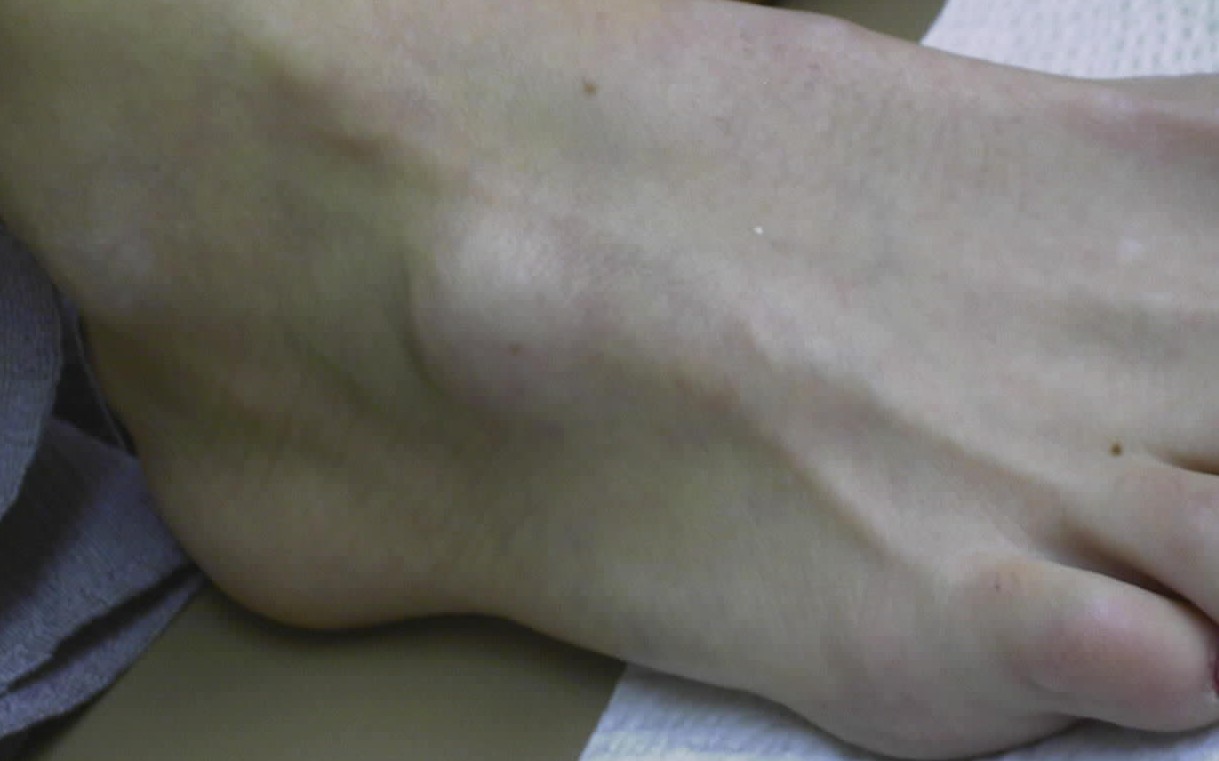An ulcer anywhere on the body is a sore accompanied by the deterioration of tissue at the site, penetrating through the epidermis, dermis, and then sometimes even the layer of fat underneath (the subcutaneous fat). The skin around the sore will be red and inflamed, and will obviously be sensitive and painful. Ulcers vary greatly in location and cause, however in podiatry we deal with ulcers on the foot, most commonly associated with diabetes.
 The combination of diabetes and an ulcer is especially risky because of the nature of diabetes. Ulcers, like any laceration or wound, would heal naturally via the human body’s healing process. In this process the body will produce new skin cells to replace the ones lost, and barring a complication the healing process with completely heal the wound. Diabetes is a disorder that impedes the human body from completing this process as quickly and efficiently as possible. This generally prevents the wound from healing, and as time goes on the wound will frequently get worse (larger, deeper, more painful), and the risk of infection is heightened.
The combination of diabetes and an ulcer is especially risky because of the nature of diabetes. Ulcers, like any laceration or wound, would heal naturally via the human body’s healing process. In this process the body will produce new skin cells to replace the ones lost, and barring a complication the healing process with completely heal the wound. Diabetes is a disorder that impedes the human body from completing this process as quickly and efficiently as possible. This generally prevents the wound from healing, and as time goes on the wound will frequently get worse (larger, deeper, more painful), and the risk of infection is heightened.
Now, ulcers are not necessarily caused by diabetes, however they are complicated by the disorder. Diabetes patients will frequently suffer from neuropathy and a lack of blood flow; the lack of blood flow contributing to the slower healing process, and the neuropathy contributing to the development of ulcers unbeknownst to the patient. What this means is, neuropathy will cause a patient to lose feeling in their lower extremities, and then as a result of many potential causes (tight shoes, friction from shoes or socks, or even heavy friction from a bed sheet) an ulcer can develop and the patient would not feel the pain associated with the ulcer as it forms. It can then go unattended and develop into a dangerous condition, especially when complicated further by a slow healing process.




